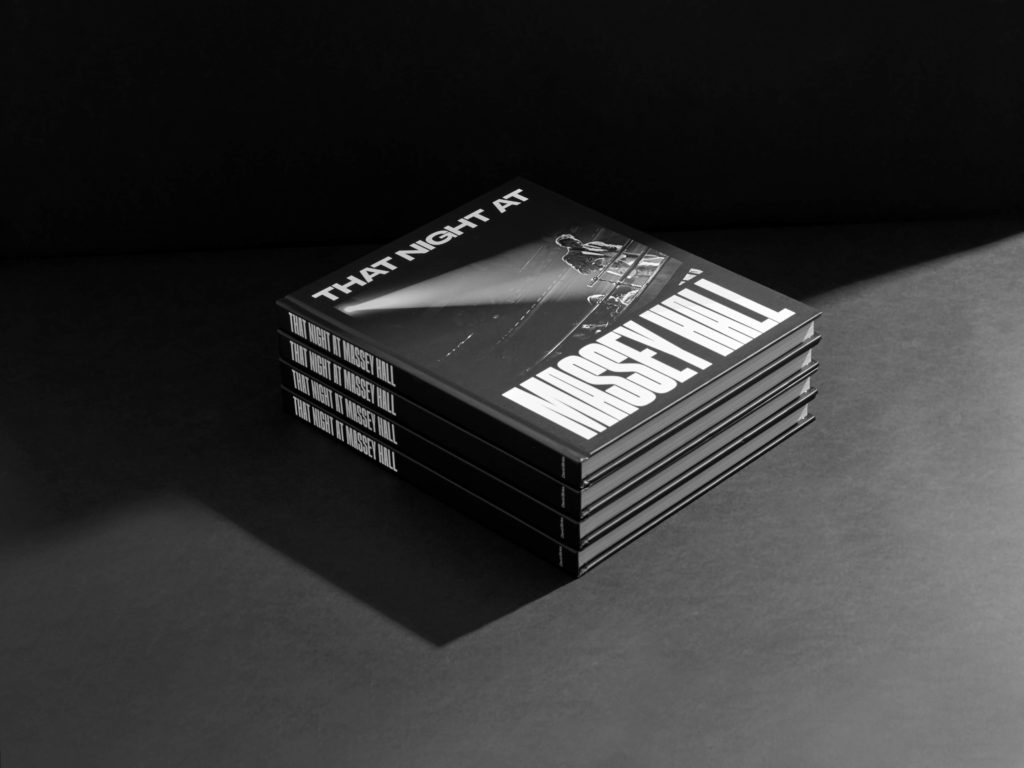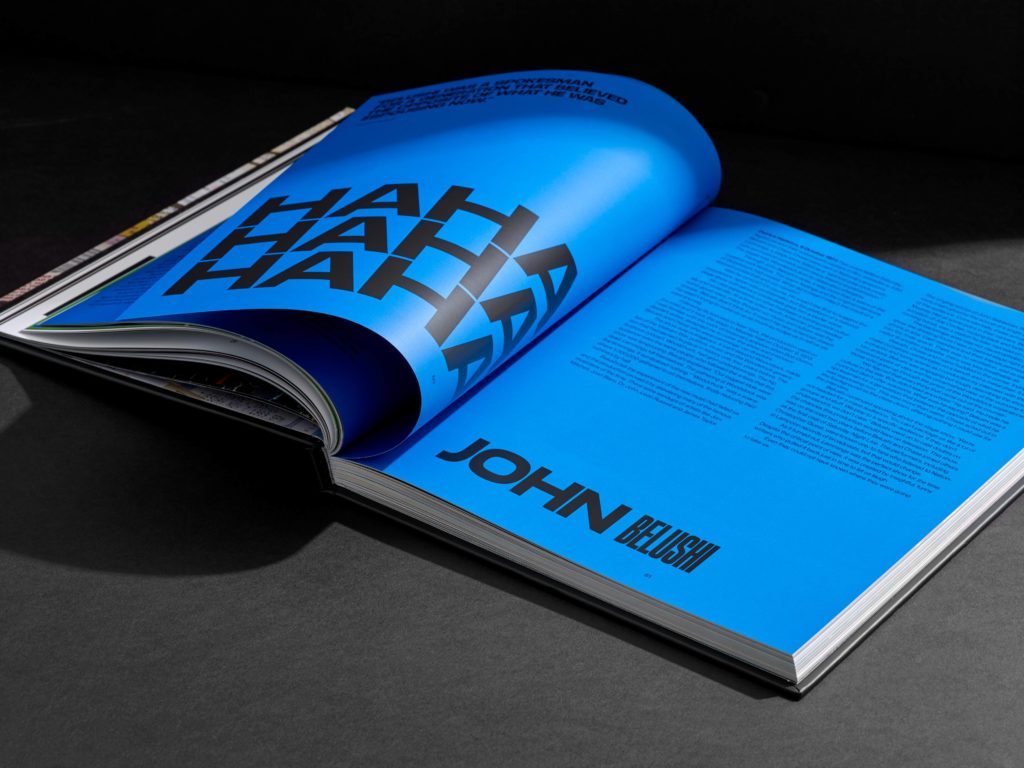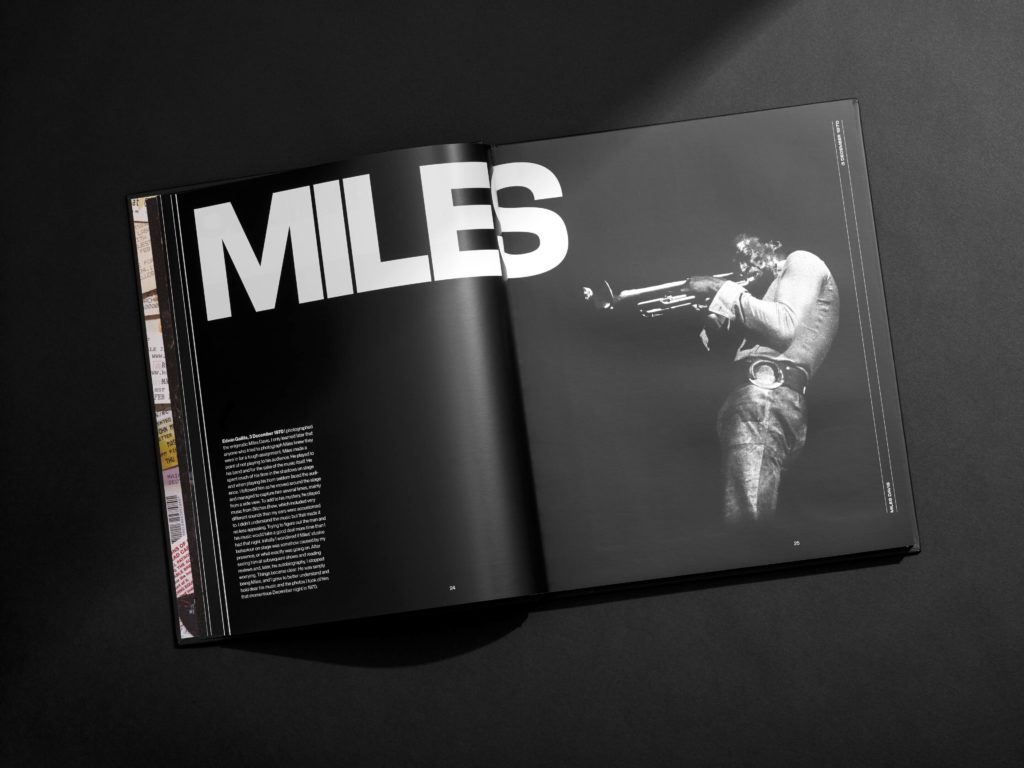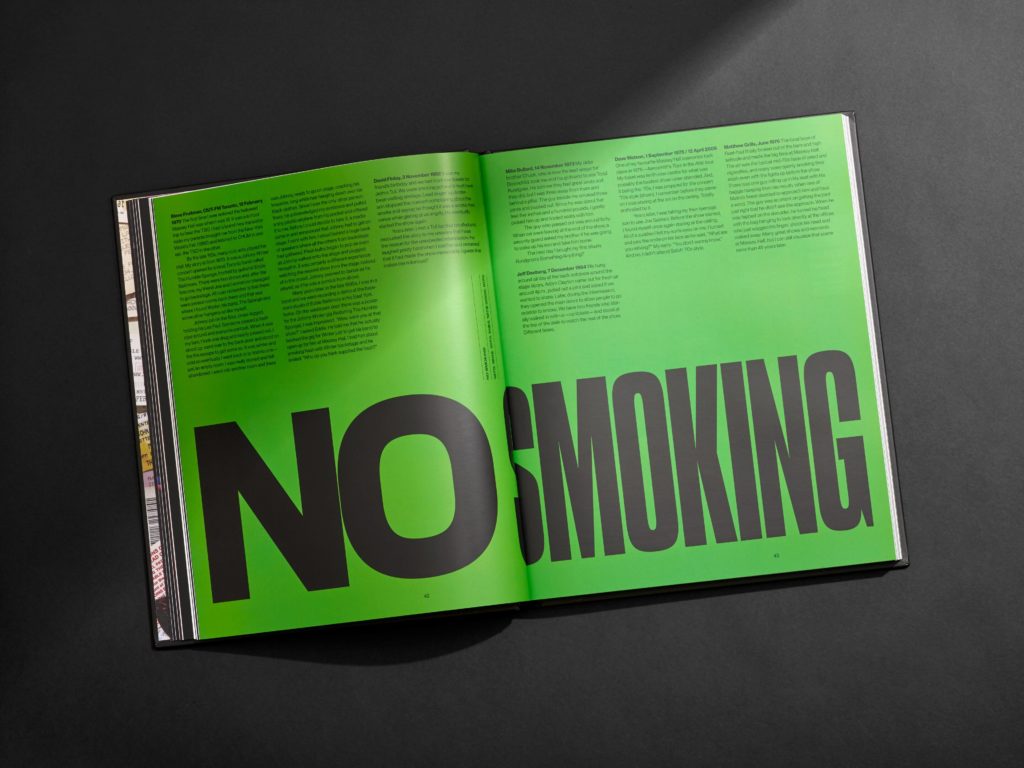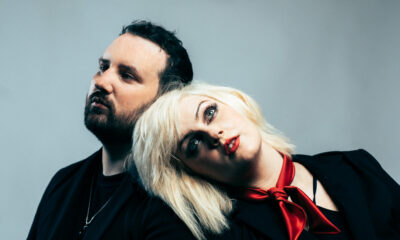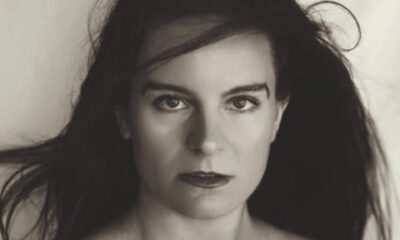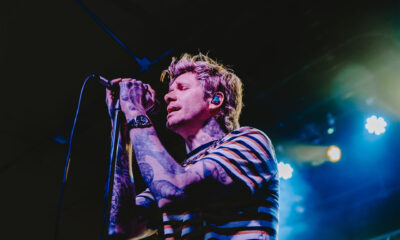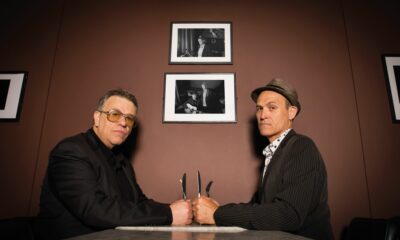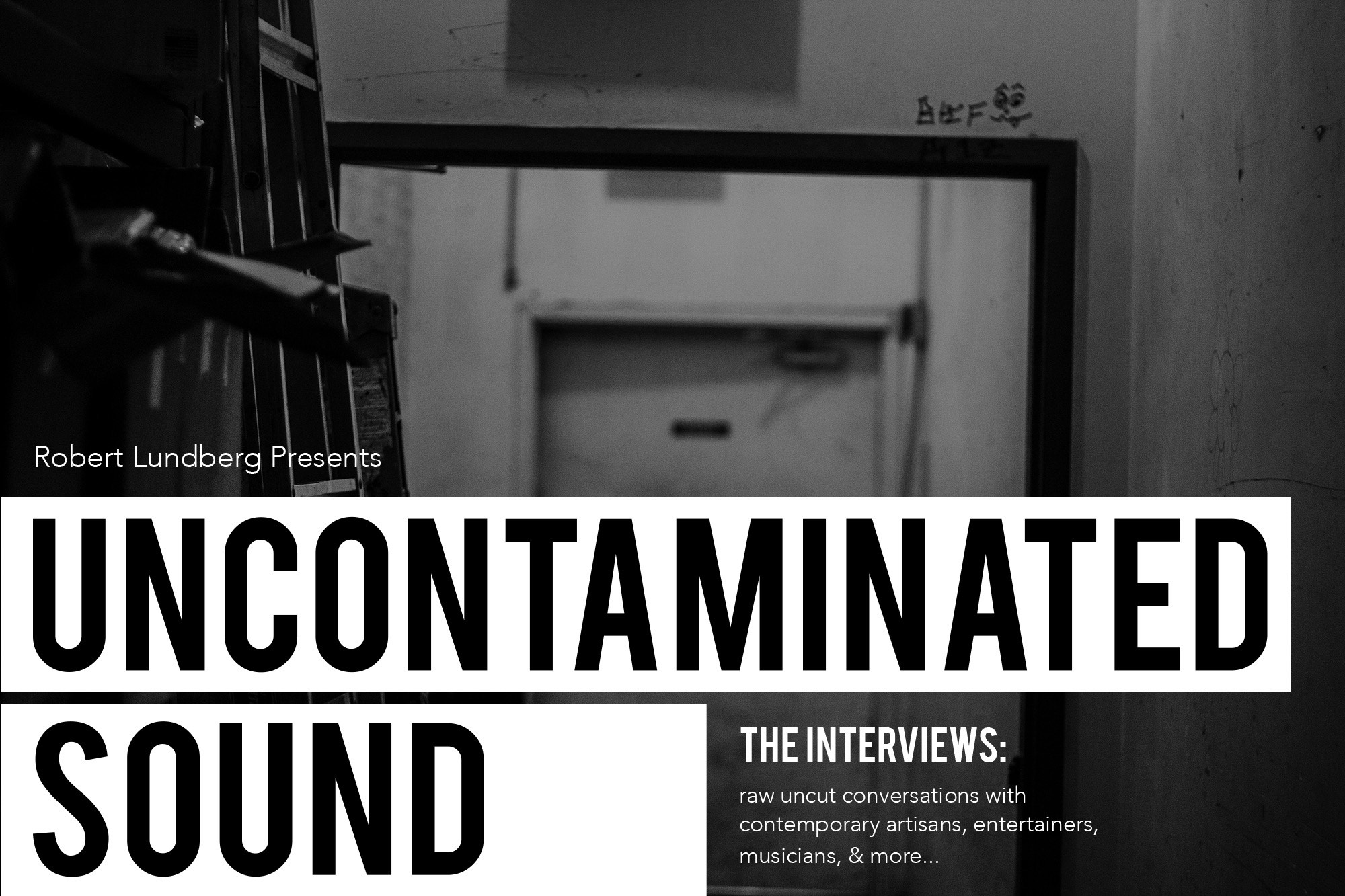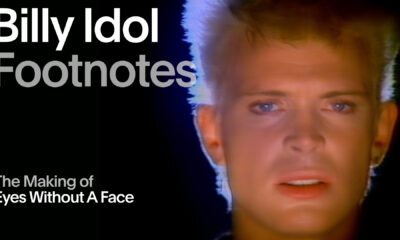Alternative/Rock
David Binks Discusses ‘That Night At Massey Hall’ with Reflections on the Legendary Venue [w/ Audio]
Mike Bax connected with David Binks to discuss his new book ‘That Night At Massey Hall,’ a collector’s piece for fans of Massey and anyone who loves live music, attending shows, and the thrill of moments experienced in iconic venues.

That show, that kiss, that song, that story…
Born out of a notion by the book’s creator David Binks, That Night At Massey Hall has been a labour of love for years, involving numerous people behind the scenes. In original words and stunning photography, That Night At Massey Hall captures famous, favourite and unique nights at the legendary Shuter Street venue as told by the artists, audience members, and employees who were present on those special evenings. Produced entirely in Canada, the final product is a 240-page love song to Toronto’s most famous live venue.
Showcasing the classic stands of The Tragically Hip, Rush, and Bob Dylan, historical appearances by Marley, Sinead, and Iggy, as well as the ticket scalper, obstructed view, and ushers tales that are lesser-known. This hardcover collector’s piece celebrates the beloved venue in a fan-friendly fashion. The book is packed with more than 300 stories across a century of live entertainment history, illustrated in full colour with lavish photography.
Featuring a foreword by Rob Bowman, Grammy Award-winning Musicologist, That Night At Massey Hall is a collector’s piece for fans of Massey and anyone who loves live music, attending shows, and the thrill of moments experienced in iconic venues.
Hardcover limited edition of 240 pages
- 9.5” x 11.5”
- Designed and printed in Canada
- Beautifully finished with a matte film lamination
- Presented in a custom cut E-flute packaging
- Shipped to your door
Our heartfelt thanks to David for taking a healthy chunk out of his morning a few weeks ago to field a few questions for V13. The audio is available here if you’d prefer to hear his answers in real-time.
So congratulations on the book. It’s turned out really well.
David Binks: “Thank you, Mike. Yeah, it’s turned out but pretty much, as I’d hope for. I wanted to create something that would be a journey for people. It’s almost a little bit unpredictable as you go from cover to cover; it’s different nights and different experiences. Some of them are funny, and some of them are sad, some of them are emotional and iconic, and others are just short stories or humorous little anecdotes. So it’s a real mixture. And for me, that’s really what going to shows is all about, you never quite know what to expect when you arrive, and sometimes the great nights are the ones that you didn’t expect to be the best ones. Sometimes it’s the other way around.
I wanted to capture that experience, but I also wanted to try to grab the passion that people have for Massey Hall and for going to shows there. I think through the photos and a few items of memorabilia in there, and through the variety of stories, that’s what we accomplished. and the other great thing was that we did it all in Canada.
I had great support from a group called CHM Communications Inc. in Montreal, where we did the story collecting and the original website. The editing was done in Ottawa by Krystina (Mierins), who did a fantastic job for us, and the design work was done by a small agency here in Toronto, and then the printing was done in Canada; the binding was done here. So everything; It’s a local product. I hope it will have international appeal as well. We’ve had some interest from the U.S., but I think it’s particularly appropriate for people in Toronto and people around Canada who know Massey Hall pretty well.”
I wondered if you printed it in-country or you went elsewhere. That’s nice that you did.
“Yeah, we did everything in-country; I think the only thing that we did not do in-country is the final sales website (which) was done by a British guy. A British guy who lives in Paris. So we went a little bit international on that one, but everything else was done locally.”
So you have this vision of putting a book together; what are your first steps? I mean, you can’t just take all this stuff on yourself. Who did you reach out to first?
“Well, let me tell you a bit of the original idea. I was reading a book that Lawrence Kirsch put together about Springsteen, which for me is my all-time favourite, I’m a big Springsteen fan. It’s is my all-time favourite Springsteen book, and I’ve read a lot of different Springsteen material, but what Lawrence he did is a fan book gathering stories. And he, being a photographer, also had some great shots of Springsteen, and he knew lots of other photographers, so you put a great book together.
So I’d just be reading that book, and then the same evening I was at Massey Hall, and I was looking at the old posters down in the Centuries Bar in the downstairs area. I was looking at the photos and the flyers on the wall, and I just imagined some of those old shows and support bands that you’ve never heard of. Main acts as well, that from decades ago that I’d never heard of. You start to imagine how that show was and what the story was, and the two ideas collided. And so I thought, ‘why don’t I try and gather other people’s stories and tell the stories of their nights at Massey Hall and put it into That Night At Massey Hall?’
I think we all do that; we sit around and reminisce, and we say, ‘Oh! Remember that night at the Albert Hall, or that night at Massey, or that night to the Scotia (Scotiabank Arena),’ or whatever it is. And so that’s where the title came from for the book, but I was working full-time, and I didn’t have the time to dedicate to the project. But what I did was I reached out to Lawrence, who had done the Springsteen book, just asked for his advice.
At the time, I didn’t know he was Canadian; I didn’t know he was in Montreal, I didn’t know whether he would even know Massey Hall. So I reached out to Lawrence, and he was gracious. He took my call, offered some great advice, and then we stayed connected. Fortunately, he was one of those supporters that about every three months would send me another note saying, ‘So have you done anything yet?’ And I’d say, ‘No, not had time yet, Lawrence.’ But that was the little prod that I needed occasionally. I was gathering material and reading up on some of the shows at Massey, and then I retired from my full-time job and decided that now was the time.
So I hooked up again with Lawrence and the agency CHM, and he’s a part of that agency in Montreal, and we talked about how to go about doing this. We put together a plan with the website. That was quite easy, to be honest; to get something running and get the story-gathering process. Then obviously creating PR for it. I had a lot of support in that respect. Then around springtime of this year, well, the trouble Mike, is you never quite know when to stop. The stories kept coming in, and I would think, ‘I’ve got enough. We can start putting the book together.’ Then something else would arrive, and we’d head off in a slightly different direction, but eventually, in the spring, I said now is the time.
I found an agency in Toronto called Underline Studio who have done a lot of bookwork, and they do fantastic work. I was introduced to Claire and Fidel, who run that agency, and they were interested. They loved doing books, and they loved the subject matter, as did their people who worked on it. So we hooked up, and then I started the process of trying to get it down to 200 pages. I was telling somebody this story the other day, I was at the stage of trying to cut out a few stories and a few photos so we could get down to 200. Just as I was doing that, more stories were coming in, and I was re-reading old stuff again, and I just went, ‘No, I’ve got to put this in and that in.’ So it ended up being 240 pages.
It was never intended to be that big, but just the quality of the material was so good. Then we did the design work, and then again, I was lucky enough to be introduced to an outstanding printer, Andora Graphics, and Stan at Andora Graphics helped me get the images right and helped get the printing right together with the agency. And here we are.”
How much additional material did you wind up cutting out of the final book then? You must have had pictures that wouldn’t fit in with no story and stories that wouldn’t fit in with no pictures, that sort of thing.
“To be honest, that was the real challenge. You have probably over 700 stories and then over 800 photos and pieces of memorabilia as well, so it was a 1500-strong process of trying to get that down to something that would fit in the book. Of course, we had some duplicates. We had some material that we didn’t have photos for vice versa, so I decided in some cases where the picture could be That Night At Massey Hall. So there are some photos that don’t have stories specifically linked to them, although I think in most cases that there’s a pairing. There were a lot of stories as well where we did not have a specific photo from that evening, so we came up with the idea of having theme pages, so we’ve got some themes in the book.
I always use this one as an example, pot-smoking, when pot smoking was not so legal, and it used to happen inside the hall as well in several stories. We’ve got stories about people taking their parents to the show, people hanging out around the stage door to try and sneak a way in.
We got stories about things going right and things going wrong on stage. Stories about people making their debuts. Rights of passage stories of the teenage trips down to Massey Hall behind parents’ backs. So it’s just the full mix. And actually, I think when you read some of those pages, what you get is that sense of how important Massey is in people’s lives in Canada, because there are so many tales in there where people say, Yeah, my first experience was this, maybe with my parents. Then I went with my teenage friends, and then I took my girlfriend, who turned out to be my wife, and now we’ve taken our kids, and I’ve then taken my parents back to Massey Hall. So sort of the whole family history captured in one venue, and I think that’s one of the reasons why people attach so strongly to the place.”
I think it’s got to be the oldest venue for hubbing music in Toronto; I certainly can’t think of any others off the top of my mind that I’ve been to.
“No, I can’t. And it’s going to be fascinating to see it when it re-opens, which is one week today.”
How involved was Massey Hall with this book then? You must have approached them and said you were putting it together.
“It’s totally independent, Mike. They are aware, and the only thing I’ve tried to make sure, because Massey had a lot of activity going on obviously around the renovation and a lot of promotion work, so we try to make sure that we’re in parallel. But I also didn’t want to make this look as though it was a Massey project, so it’s very clear in the book that this is not linked to the corporation; it’s a fan book, it’s a passion book. But yeah, I made them aware, but it’s truly independent, and I think that’s the way it should be because for me, it was the fans telling their stories of Massey Hall rather than it being an officially stamped book.”
And as you go back a decade by decade, it’s just harder and harder to find the photographic documentation because it just wasn’t so commonplace. It wasn’t allowed.
“Well, it wasn’t allowed. But also I think many concertgoers would wish for those days back, of course, when people didn’t have smart phones. And so the idea of carrying in an SLR into a concert hall and maybe a couple of lenses or trying to sneak them in was pretty damn difficult. So a lot of the early photography is from professional photographers who did have passes. Or professional photographers who did have that passion for getting their cameras in and for taking some of the snaps that we’ve seen through the pages.”
I find it ironic that all of these professional photographers could have taken so many wonderful shots of iconic concerts back in the day, and they just could not get access or didn’t wan to smuggle their gear in, and that’s unfortunate.
“Yeah, it is, but at the same time, we managed to pull some fantastic shots out, which I think with some of the old material, there’s a rarity value to the older material. But also just great interest in being able to see some of those images, like the U2 concert of ’83. I’d heard the stories about Bono climbing into the balcony, and I’d heard stories about what a wild night that was, but I’d never seen any images from that show, and I know there are some others out there. But then, in the summer, I finally got access to some images, and there are three shots from that show, including one of Bono actually on the balcony. But there are shots as well of the band on the stage, and you can almost feel the energy and the atmosphere in the hall. And that’s just great.
Same with the Dylan ’65, there’s a wonderful shot of Dylan on stage in the ’65 show. And again, you read about those shows, and they have a legendary status if that’s the appropriate word, but to then actually dig up some old material and see those shots was particularly interesting. I hope the readers will find that as well.”
In your introduction, you included your story about seeing Paul Weller, a winter night, your first show. Which was lovely; it fits into the introduction nicely. I’m curious if there is another concert that didn’t make it into the book, one where you could share your Massey Hall experience with us?
“My personal experience? Oh wow, you’ve caught me there because there are a few. A few years ago, and I had some friends who came and stayed with my wife and me, actually from the Faroe Islands. And while they were here, the Cowboy Junkies re-released the Trinity album, a re-recording of it, and I’d never listened to that album, and so I got really into it. And right around the same time, they announced that they were going to play the whole album at Massey. But I was late to it, and so we went down on the night just to see if there were any tickets around.
Like I said before, sometimes the shows that you don’t expect to be great or that you don’t expect you’re going to get into turn out to be the best nights. And, as is often the case, if you go to the box office and you get a return ticket, it’s quite often a complimentary ticket, so it’s usually a good seat. We ended up with front-row balcony just over the top of the stage. and for, I don’t know, how long is the album? Fifty minutes, 60 minutes? It was just, you could have here a pin drop. And the quality of the sound and the mood, and it was just one of those just tremendous moments where you go, ‘Hell, I love music, and I love live shows!’ So that was good.”
I was at that show.
“Oh, great!”
The only show at Massey Hall I’ve had a genuine front row center ticket for. I don’t know how I pulled it, but I pulled it.
“Oh, fantastic. It was a great show, wasn’t it?”
It was. When I flipped through the book initially, I went through it like, ‘Who do I recognize here?’ in the images. And then I saw Alan Cross has got a story in it, and Eric Alper has got a story in it. These are media people in Toronto, and I was like, that’s cool, you pulled in some neat people.
Were there folks that you got involved that you were happy to see and surprised that you got?
“Eric was a great one. As we were trying to gather stories, we were reaching out for some publicity, and Eric was on our list; and he was interested in the project and was quite supportive. And he then pushed it out to a lot of his contacts who wrote their own individual stories, and so we got a flood of material that was down to Eric’s influence. He didn’t charge us for any of that work; he just liked the project and the passion. And so we got great stories from that. I can’t remember how we hooked up with Alan Cross, but he gave some coverage, and I did a live interview with Alan and Michael Hainsworth on Geeks and Beats (podcast).
Alan gave us coverage on the podcast and then sent a story in. We’ve got Ron Sexsmith in there; Mike Downey, Gord’s brother, he tells a wonderful account of his brother’s time at Massey Hall with some great stories in there; some touching stories and some humorous stuff. It really is a beautifully written piece.
(Author) Erica Ehm came through with something from a connection of somebody who knew Erica, who hooked me up with her, and she said she’d be delighted to submit a story, and it’s a fantastic tale of dreams coming true for her and her friend (Wendy Lands) at Massey Hall. So it’s a real mixture, and quite a few media people picked it up. I think the reason some of the media picked up is because we were reaching out to them for publicity. And I think many of those people that we were reaching out to were obviously music fans, and they got the idea of the project and wanted to contribute, so we’ve been very lucky.
I also was particularly pleased that we got some stories from named artists in the book that you would know. But what I also found was stories from maybe lesser well-known artists in terms of name recognition, but people who really captured what that moment meant to them of appearing on the stage there, and how special that was for them, and so I think some of my favorite moments in the book are stories from other acts.
There’s a great Tami Neilson story in the book, and maybe not everybody will know Tami, but it’s a fantastic story, and it also has the photo. She tells a story about being crippled by nerves and pacing the corridor before going on stage, and we actually have the photo of her pacing before the show. Then we have the show’s story with her photo on stage, which is also a lovely story.
Alex Pangman is another highlight story, she tells a very emotional and absolutely eye-opening story about waiting for a medical procedure and at the same time her opportunity to star at Massey Hall coming to fruition and how she manages those two things together while supporting Willie Nelson at Massey Hall and how much it meant to her. Some of those passion stories from some artists with fantastic contributions, and we were very lucky to get some of that material. But then you also get a number of stories in the book from employees, particularly ushers, and there are some great tails there of things the went on some of those shows that maybe are the lesser of well-known stories.
I mean, we all know about the Dylan ’65 show and the Rush All the World’s A Stage, and Neil Young. But some of the little stories from the ushers about things that went on in the hall on certain evenings, I think it helped to lighten the book as well.”
-
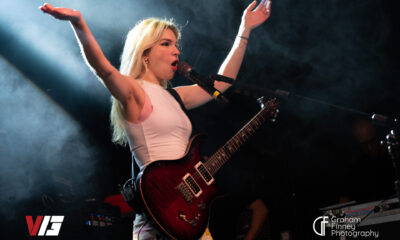
 Alternative/Rock6 days ago
Alternative/Rock6 days agoThe Warning Shake the Foundations of a Sold-Out Leeds Stylus [Photos]
-

 Music2 weeks ago
Music2 weeks agoTake That (w/ Olly Murs) Kick Off Four-Night Leeds Stint with Hit-Laden Spectacular [Photos]
-

 Alternative/Rock6 days ago
Alternative/Rock6 days agoThe V13 Fix #011 w/ Microwave, Full Of Hell, Cold Years and more
-

 Alternative/Rock2 weeks ago
Alternative/Rock2 weeks agoThe V13 Fix #010 w/ High on Fire, NOFX, My Dying Bride and more
-

 Features2 weeks ago
Features2 weeks agoTour Diary: Gen & The Degenerates Party Their Way Across America
-
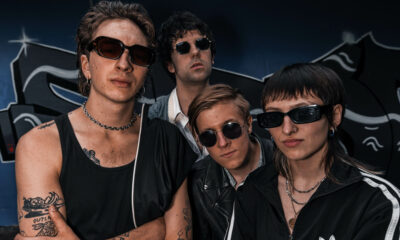
 Indie6 days ago
Indie6 days agoDeadset Premiere Music Video for Addiction-Inspired “Heavy Eyes” Single
-

 Folk6 days ago
Folk6 days agoKatherine Perkins Strikes the Right Tone with Her “Hold On” Music Video Premiere
-
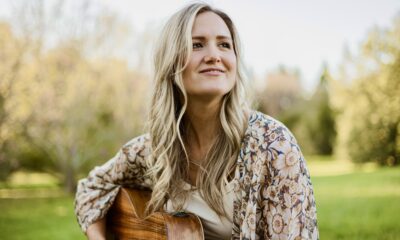
 Country1 week ago
Country1 week agoBrooke Ashton Chats About Her “Someone” Single, Creative Process, and More!

